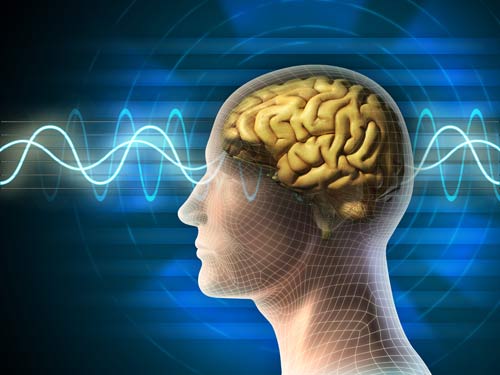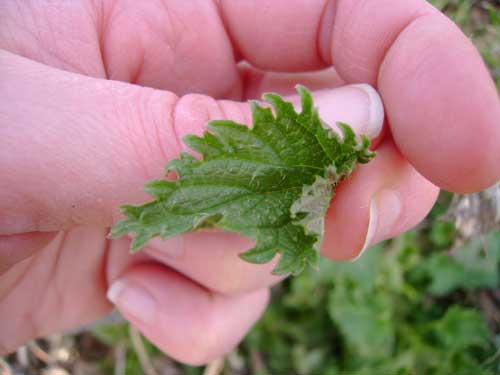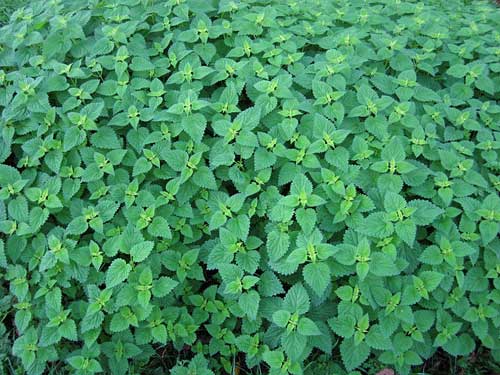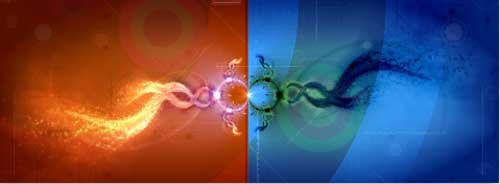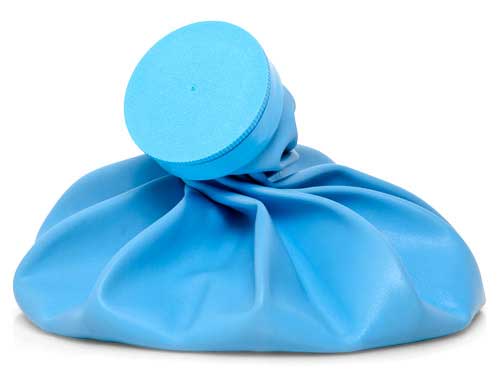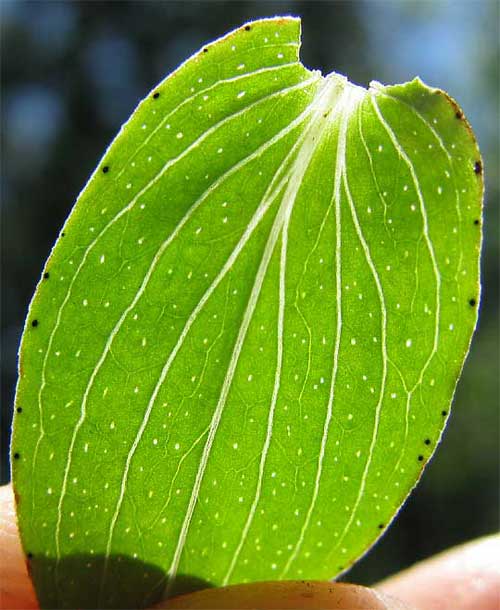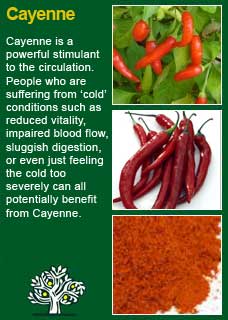
|
|
|
||
| Our Pages ABOUT CONSTITUTIONAL MEDICINE
|
If, rather than a loss of feeling, you would better describe your symptoms as being painful, then the article on nerve pain will be of more practical help - it's here This article is about a problem that people describe in different ways. For example, a person with the kind of disturbed nerve sensation that the following methods could help might describe what's going on as 'a feeling of numbness', or 'pins and needles' or 'a cold feeling', or 'a loss of feeling', or 'partial paralysis' Sometimes there is a clear cause for such symptoms, e.g. from a past surgery or injury, and sometimes the loss of feeling comes completely out of the blue. Whatever you call it, the common feature of these disturbances is that whilst they may not exactly be what you would call 'pain' they still tend to be highly disturbing because the brain is getting a signal that something is not right. When there is no obvious cause, if they are able to, the person with the loss of feeling will sometimes go through neurological tests to rule out any kind of serious pathology. If you are reading this article for yourself, or someone you care for, it is hoped that the tests and scans etc. have shown nothing serious or sinister. Even if that means you still have no clear answers, and there will be a worry and frustration in that, it is still a lot better than having a named neurological disease. You should know that, if you go into the medical system with the symptom of altered nerve sensation with no obvious cause that it is still common practice to prescibe antidepressants and/or nerve sedatives. You may wish to try such drugs to see if they can help, or you may have done so already. My reason for writing this article is that I have met more than a few people who have gone down the medication routes who have felt only worse for the side effects of the drugs and that I have seen that there are other approaches that may help. The main principle behind what follows is an understanding that the brain, and the way we experience a loss of nerve sensations through it, is responsive to change.
Whatever the disturbance is, so long as you still have some sensation going on, then there is every chance that your brain can 'rewire', at the least to much better tolerate the situation, at the best to regain normal sensation. Even when there is a clear physical cause to the problem, e.g. from an injury, numerous experiments show that our brains are remarkably capable of adaptation and change, including rewiring a symptom of altered sensation either back to normal or at least to a point where it no longer agitates or disturbs This subject is covered in depth in a book called 'The Brain that Changes Itself' by Norman Doidge MDD. If you, or the person you care for, does not believe in the ability of the brain to rewire itself, then you should read this book as it will change your point of view. One of the lines Doidge emphasises in his work is that 'neurons (nerve cells) that fire together wire together and neurons that fire apart wire apart'. What follows are some practical ways to rewire the brain to fire some neurons together again
If you have an altered or lost nerve sensation in any part of your body, then consider the following suggestion with an open mind, as strange as it might at first sound! It has been known since ancient times that, if a person had lost normal feeling in a limb or other part of their body, that the use of stinging nettles could help to bring it back. The practice of brushing part of the body with the leaves of stinging nettles is known as Urtication. It is still used to this day in some parts of the world for the pain of arthritis but it can also help with chronically altered or loss of feeling or movement in a body part. How you do it is to simply take a fresh leaf of Nettle in a hand that has been well-gloved, then gently make contact with it against your affected area or areas. For many people, it will be sufficient to simply stroke the nettle leaf over the affected area several times. e.g. just two or three strokes to begin with. You should start at a low level of exposure and then build up the 'dose' by either simply brushing the skin one or more extra times and/or pressing the leaf a little harder against your skin. Soon after contact with the Nettles there should be some strong sensations of prickling etc. Don't panic about this, it will soon pass and no harm will be done. So long as you are tolerating the treatment well, you can gradually make it stronger. There are powerful chemicals in the tiny 'needles' on the Nettle leaves that stimulate nerve receptors under the skin and cause a cascade of physical reactions. As long as you don't overdo it, these physical sensations can help to rewire your brain in a very physical way i.e. by changing the signal. So long as you use Urtication gently and patiently there is a good chance it will help but you have to give it time to work. A reasonable time frame to do a trial with this treatment is either a daily brush for a week, or a treatment every second day for two weeks. Nettles is not a hard herb to find or grow and for more general information about it, read here
The principle behind hot & cold therapy is exactly the same with the Urtication however this time, instead of a chemical stimulation from the substances in the tiny needles of the Nettles, we are activating the nerve cells in the skin that sense both heat and cold. This method sends plenty of 'signal' to the brain from the area of the body affected. Of course, you need to try it for yourself to see if it helps and here it is recommended to take a 'stage 1' and then, perhaps, a 'stage 2' approach.
Take two bowls, or two buckets if working on a large area, and fill one with water that is as hot as you can safely stand and make the second bowl or bucket icy-cold by using ice-cubes in the water. Start with the hot water and immerse your affected part for several minutes. If it is not physically practical to do an immersion, then apply a hot compress with a cloth soaked in the hot water with a dry towel over the top. The heat will dilate your blood vessels and make the nerves more sensitive for what comes next because, as soon as you feel your body part has become very warm, you then immerse into the cold water, or use a cold compress in the same way, and stay there until it feels very cold -- at which point you then go back to the hot bowl, bucket or compress and repeat the hot-cold process at least once. You can go back and forth as many times as you like, but do it at least twice in total to be sure of sending plenty of 'signal'. Generally it is best to finish with the cold so your body has to rewarm itself, but this is not a fixed rule. There may be a further benefit from this process, which is that altered or loss of feeling may be associated with some kind of tissue damage that has left some residual debris in the area. This debris can block good nerve conduction and it is well established that the simple process of first expanding and contracting the tissues with hot & cold treatments is effective at helping to flush debris from the spaces in between the cells, somewhat like an internal massage.
If heating and cooling the affected part of your body with hot & cold water helps then consider taking this to the next level using herbal medicines. The first herb to use is Cayenne. You can apply this in various ways, for example, you can look online for a supplier of Cayenne Plasters, which will simplify the process because then you just apply the plaster to the affected area and leave it on for a good few hours. If plasters are not available or are not suitable for another reason (e.g. they are too small for the area affected) then consider obtaining and using a tincture of Cayenne instead. You must be very careful when you use Cayenne tincture not to get any in your eyes, mouth or any other opening of your body. Wash hands very thoroughly with soap and water after use. The method of application is quite simple, put a few drops of the Cayenne on the skin and rub it in until it is absorbed. You will soon find the amount that works best if you do this a few times. When I have done this myself for my own patients I find that their skin tells me how much it can absorb. Some people soak it up like a sponge, but with others you just put 10 or 12 drops on their body and can tell that it's enough. Try and see and trust that it won't damage you in any way, even if it gets really hot! What will happen after a short while of either a plaster or the tincture is that you will feel a tremendous amount of heat being generated by the Cayenne. Do not be alarmed if it becomes very intense at times; there is no way that the Cayenne is damaging your tissues. I am sure you have gathered by now that the point of this is to get those signals firing to the brain in a different way. If you feel like this is helping you then I would suggest you do it no more frequently than alternate days. more about Cayenne here
You need to get Peppermint Oil BP, the BP stands for British Pharmacopeia and this is a standardised preparation that should be available from pharmacies. Do not use regular Peppermint essential oil as it will almost certainly be too strong for your skin to put on straight. In exactly the same way that you 'paint and rub' on drops of Cayenne you apply some drops of the Peppermint Oil BP and rub in until your skin has absorbed enough, you can be generous. Once again there should be some intense signals soon coming into your brain from the affected area, they will be more on the cold spectrum but will alternately feel weirdly warm at times. Read more about Peppermint here
This last part can be hard for people to believe, hence the earlier recommendation to read a whole book on the subject to encourage an open mind to it! Our great challenge here is that, once a person feels a certain sensation often enough, their brains become convinced that this is how they are always going to feel and it becomes very hard-wired... The two physical strategies outlined above can do a lot to change the signals and so help to rewire a stuck pattern of sensation however, we need to approach this cognitively as well. That means you need to find a way to change the way you think about what is going on. For most of us, the best way to learn is by doing, so instead of trying to write a lot about it, because this is such a counter-intuitive subject until a person 'gets it' for themselves, I am going to recommend you to listen and practice one or two of the exercises on a page in this website that have commentaries called relaxation for anxiety and relaxation for pain. Both exercises follow the principle whereby you relieve pain or anxiety by relaxing into the sensation rather than trying to get away from it. It's hard to do, at least at first, but it works, and the exact same principle will apply if you 'go into' the experience of the altered or lost sensation, those commentaries are found here
Please understand that I cannot personally advise you without seeing you in my clinic. |
|
|
© 2011 R.J.Whelan Ltd
